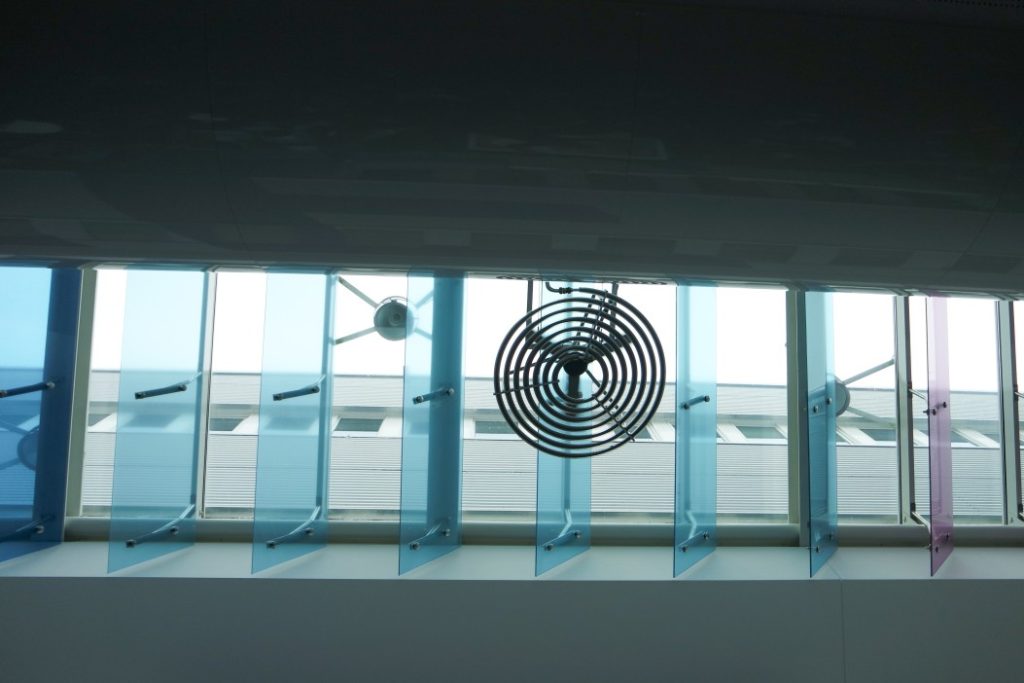A hospital-grade ventilator can cost thousands of dollars. So how can patients save money for a new one. One solution was to look to crowdfunding campaigns to make a new device. Some crowdfunding projects, like the one backed by the University of Washington, have aspirational goals. However, if the goal is to make a device that will cost less than ten bucks, the process will be considerably less daunting.
Eucovent
You’re not the only one wondering how to save money for Eucovent. This innovative ventilator doubles the capacity of a standard hospital ventilator. New ventilators can be expensive at upwards of $15,000 per unit. The Eucovent doubles that capacity without the need to purchase additional machines. Not only is it useful in a hospital setting, but Eucovent also has applications in emergency situations, such as natural disasters and in remote and underdeveloped regions.
The Eucovent device provides individual pressure and volume to each patient. This addresses safety concerns that are associated with coventilation. The Eucovent is also applicable in many situations, such as low resource settings, natural disasters, and military conditions. Hydrocephalus is a brain disorder that results in a buildup cerebrospinal fluid within the brain ventricles. The Eucovent can be used to treat this condition.
Eucovent’s flexibility allows multiple patients to be ventilated simultaneously using one machine. Its microcontroller-operated ball valves alternate between patients and ensure an optimal breathing environment for both. It also increases the inspiratory-expiratory ratio (or I-E ratio) between two patients. It allows for accurate timing of air delivery. For this reason, it’s also less expensive than a standard machine.
Airon
The current standard hospital ventilators cost thousands of dollars. However, the current team believes their device can be made for as little as $100. However, the new ventilator comes with its own costs. There are many factors to consider when saving for a new ventilator, and these will determine the price you can expect to pay. There are many ways to save money for a new ventilator. However, it is important to remember that the initial investment can be very high.
Ventec
Saving for a new ventilator can be difficult, but it is possible to plan ahead and have a ventilator on hand by the time your child needs it. Here are some budget ideas:
Learn more about the technology. The MIT E-Vent project aims to automate the resuscitation process. This could be crucial in life-or-death situations. If that’s not enough, University of Minnesota researchers are currently working on an open-source device similar to this. And while it’s likely to cost more, the current project is still a step in the right direction.
Budgeting for a new ventilator & Personal Tradelines
In the early 2000s, the Centers for Disease Control and Prevention began stockpiling ventilators. But recent studies suggest that the shortage may be a much bigger problem than just a lack of ventilators. Hospitals could become crippled by a shortage of respiratory technicians, which is why a portable ventilator could be an excellent choice. It can be safely stored and quickly produced in case of emergency. It can also be deployed in field hospitals.
The development of an affordable stockpile ventilator has received nearly $20 million from the government. This new device, dubbed Trilogy Evo Universal, is designed to improve deployment and stockpiling in an emergency. Philips recently won an HHS-sponsored contract to design, build, and market the Trilogy Evo Universal ventilator. In September, the FDA and HHS approved the new device. In just over a year, the Trilogy Evo Universal is expected to be available.
Philips, the manufacturer and distributor of the Trilogy EV300 ventilators, declined to reveal which model the government would purchase. However, a spokesperson for the HHS said that the government is buying the EV300 version of the ventilator. Philips was awarded a contract worth $646 million by the government to construct 10,000 ventilators for the Strategic National Stockpile. The contract, worth $3280 each, demonstrates HHS’s deference to Philips.
The government’s stockpile is an essential tool for the care of patients. While the federal government has a legal obligation to provide these devices to patients it doesn’t mean hospitals can’t save money or cut corners. In the past, hospitals had to turn to pharmaceutical companies and hospitals to provide them with these lifesaving tools. However, today’s ventilators can be expensive. If you have low credit and need to improve it Personal Tradelines Has Tradelines For Sale.
Avoiding siphoning supplies from medical-grade ventilator manufacturers
With the COVID-19 pandemic spreading around the world, managing and purchasing ventilator supplies can be a complex and difficult task. The challenges facing national governments and the health care system are similar to those faced in war. Ideally, the supply chain for medical-grade ventilators should be as well-planned as the supply chain for a major military operation. Using innovative Additive medicine applications to improve the availability of ventilators is a step in the right direction.
The scourge of Covid-19 has caused a global shortage of medical supplies. GlobalData estimates that there is an 880,000 worldwide demand for ventilators and that supplies are almost depleted for all other supplies. A number of car manufacturers have stepped up to fill the gap. As the crisis worsens, they have begun to ramp up production.
